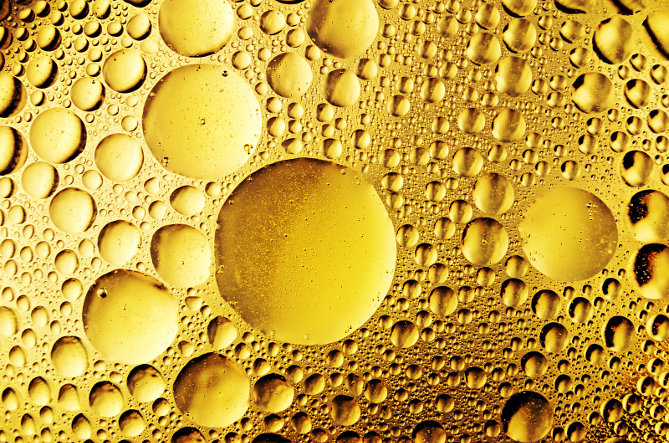Lipids In Skin
What Is A Lipid?
A lipid technically means a chemical molecule or compound that is not soluble in water. Fatty substances like animal fats and plant oils are made of lipids.
There are various types of lipids, such as fatty acids, phospholipids, glycolipids, cholesterol, triglycerides, waxes, and steroids.
Lipids are essential components of skin and play a crucial role in the skin’s barrier function (this is a must read – one of the most fundamental concepts in skin care). They also play an important role in cell-to-cell signaling.
The lipids in skin are found in:
- the Stratum Corneum layer of the epidermis – in the stacked lipid bilayers, this is the glue that holds the corneocytes (dead skin cells) together and traps water
- the Granular layer of the epidermis – in the intercellular matrix, here they exist in the form of free fatty acids, cholesterol, and sphingolipids as they are released from lamellar bodies in the keratinocytes that are in the process of breaking down into corneocytes
- cell membranes
- sebum – this is the oil produced by the sebaceous glands attached to follicles
Because epidermal lipids are so crucial to the skin’s barrier function, the skin barrier is often referred to as the lipid barrier.
Lipid Damage
Any kind of damage to lipids has a significant impact on skin because they are so integral to skin health.
Damage to intercellular lipids weakens the skin’s barrier function. A compromised barrier makes skin more easily irritated and prone to infection. Water loss is also much greater when the lipid barrier is damaged. That water loss leads to dehydrated, flaky, itchy, hot, or burning skin.
Lipids also make up about 50% of cell membranes. This is a large amount, so it’s important to protect them through proper care of skin, such as wearing sunscreen and antioxidant products.
These cell membrane lipids are damaged by free radicals, a process known as lipid peroxidation. When they are attacked by free radicals, they lose their permeability. As a result, nutrients and wastes are transported less efficiently across cell membranes, and the cells become less healthy
Cell membrane lipids can also be damaged by cross-linking.
Lipid Composition
The most effective lipids for skin are the ones that are most identical to the epidermal lipids (the ones in the Stratum Corneum): ceramides (sphingolipids), cholesterol, and fatty acids.
And the ideal ratio of these lipids is the ratio that they are found in skin, which is roughly:
- 50% Ceramides
- 25% Cholesterol
- 25% Fatty Acids
The lipid composition of sebum, however, is entirely different from the epidermal lipids of the Stratum Corneum. Sebum lipids are composed of approximately:
- 30-50% Triglycerides
- 25% Wax Esters
- 15-30% Free Fatty Acids
- 10-15% Squalene
- 4-8% Cholesterol
Dietary Lipids (Essential Fatty Acids)
One type of lipid needed by skin is Essential Fatty Acids (EFA). An essential fatty acid must be obtained through food or applied topically (the body cannot synthesize it). So it is important to eat a diet with an adequate amount of EFA’s for good skin health.
A deficiency of essential fatty acids can cause skin problems, such as dry skin, dermatitis, eczema, and psoriasis, as well as numerous health disorders.
Omega-3 and Omega-6 are the Essential Fatty Acids (EFA’s). Both Omega-3 and Omega-6 fatty acids act as potent anti-inflammatory agents. Studies have shown they are helpful for people with inflammatory diseases, such as arthritis, diabetes, and asthma.
EFA’s are found in vegetable oils, palm & coconut oils, meat, fish, eggs, dairy, nuts, and seeds.

